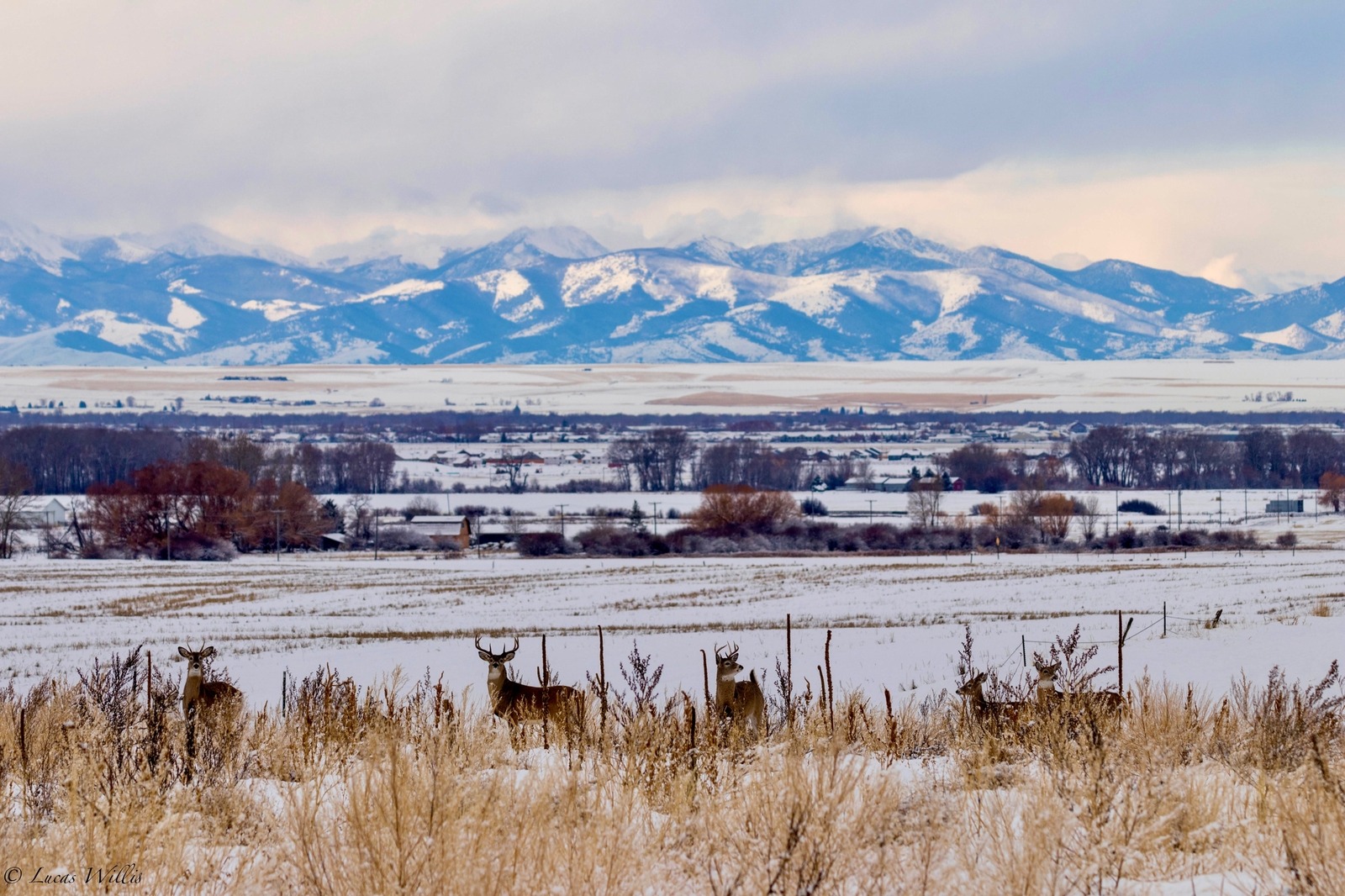Many people have the false impression that having white-tailed deer present means "wildlife populations" are healthy and abundant. But white-tails, pictured here in the Gallatin Valley, are notoriously "weedy" species—highly adaptable like skunks, raccoons and coyotes that can live in almost every altered landscape. Sprawl, in fact, favors whitetails but it wreaks havoc on vital habitat (especially when there are roaming dogs, fences, roads and traffic) for species that have more specific needs, like grizzlies and elk, mule deer, pronghorn, moose and sensitive songbirds. Photo by Lucas Willis/Shutterstock ID: 1291252909

